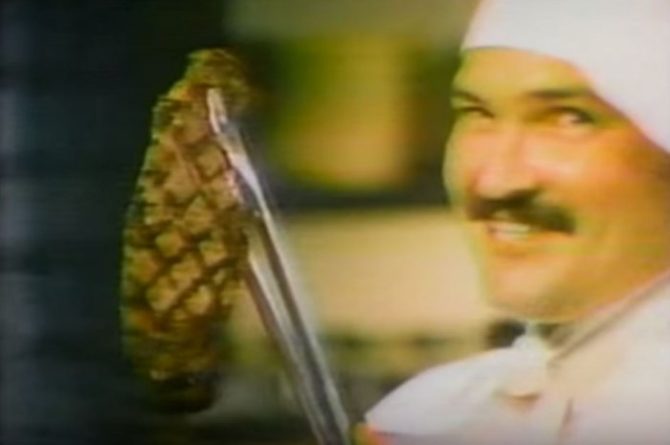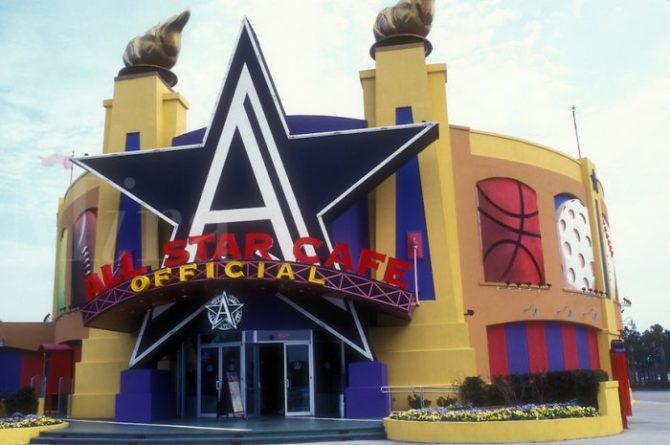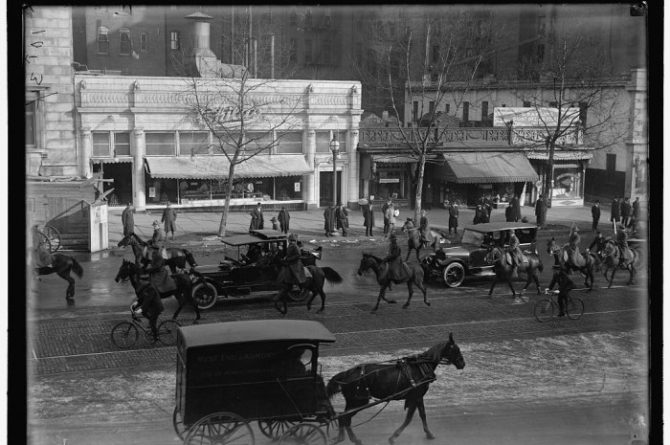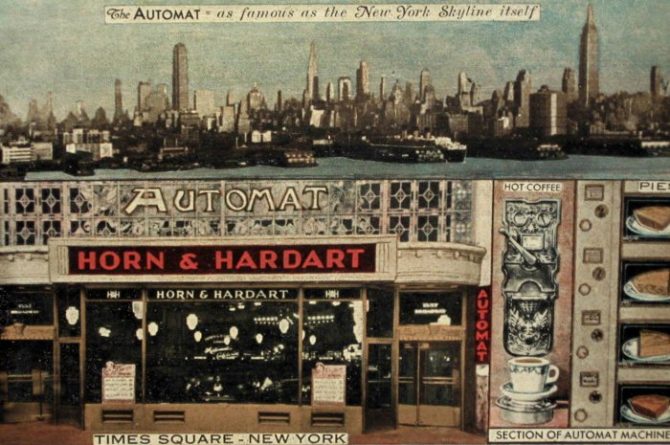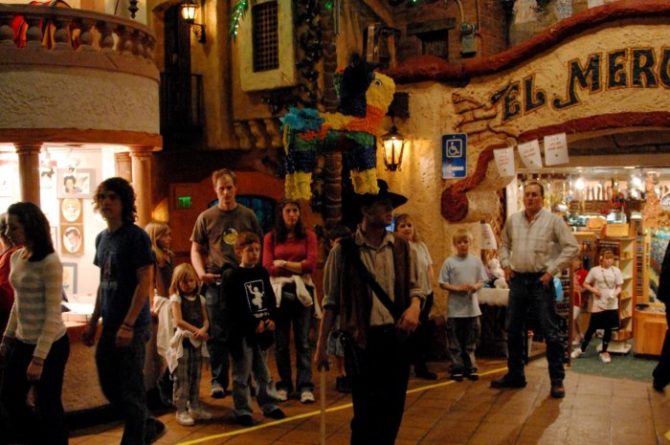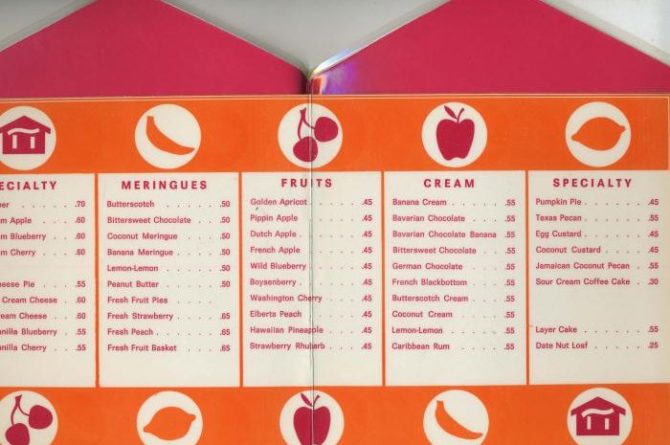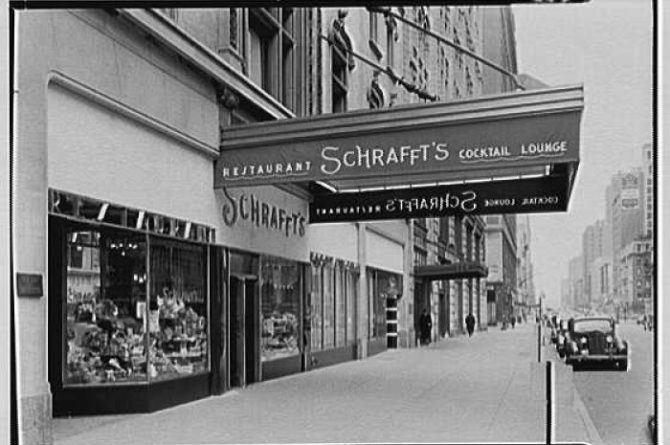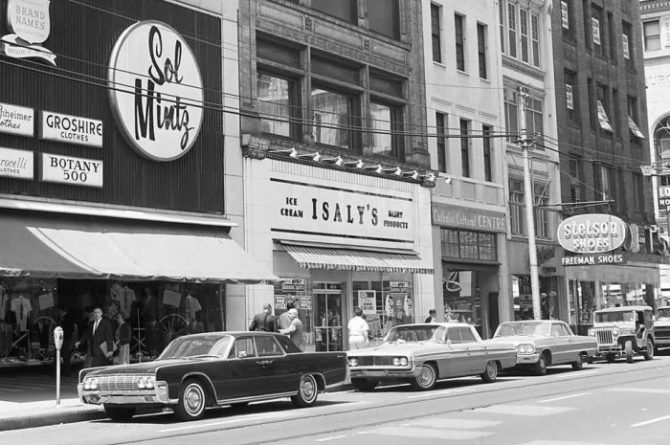It’s never a fun experience when a restaurant we love closes down. Favorite restaurants can feel like extensions of our own homes, and when they go away it can be surprising how much it affects us. When these chain restaurants shuttered for good, it most likely left a lot of people saddened, and we’d love it if they came back.
For every Applebee’s or Fridays, there are plenty of chain restaurants that once seemed invincible but are no longer with us. For one reason or another, plenty of once-major restaurant chains fell off the face of the map, never to be heard from again. Some are bought out by larger companies and folded into existing assets, some hand the reins over to franchise owners, hoping for the best but really setting them up for a slow death, and some simply hang up a “Closed” sign and walk away.
Just about every vanished chain restaurant, no matter how obscure, has someone out there who misses it dearly. These restaurants were the special rewards of our youth and the hangouts of our teenage years, the places that could always be depended upon to be exactly the same, year after year. We’re sure that in the New York area, thousands of people fondly remember dropping by their local Wetson’s for a 15-cent hamburger in the ‘60s and ‘70s, even if the chain was completely unknown outside of the region.
These chains weren’t just local favorites, however; they were renowned across vast swaths of the country and were just as popular in their day as Chili’s or Friday’s is today. Some even left lasting impressions on the world of restaurant dining, or represent a dining trend that was popular in its day but is now all-but forgotten. No matter their legacy, one thing’s for certain: They’re missed, and we’d wish they’d come back.
Howard Johnson’s
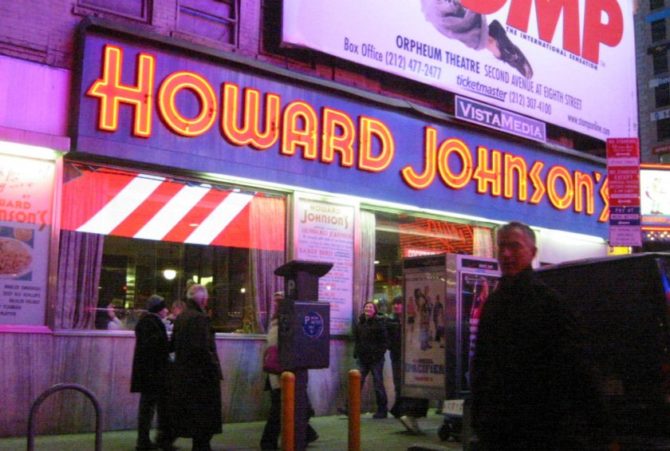
Photo courtesy of thedailymeal.com
This beloved Midwestern chain of dairies and restaurants was a family-owned operation based in Ohio, which was popular throughout the region from the early years of the twentieth century throughout the 1960s. The chain was best known for its high-quality milk, “Skyscraper Cones” with long narrow scoops, thin-sliced chipped chopped ham sandwiches, and its most enduring legacy, Klondike Bars. The vast majority of locations closed in the 1960s due to an inability to compete on a wholesale level with more homogenized chains, but a couple Pennsylvania locations are still open, and many stores across the region still carry Isaly’s products.
Kenny Rogers Roasters
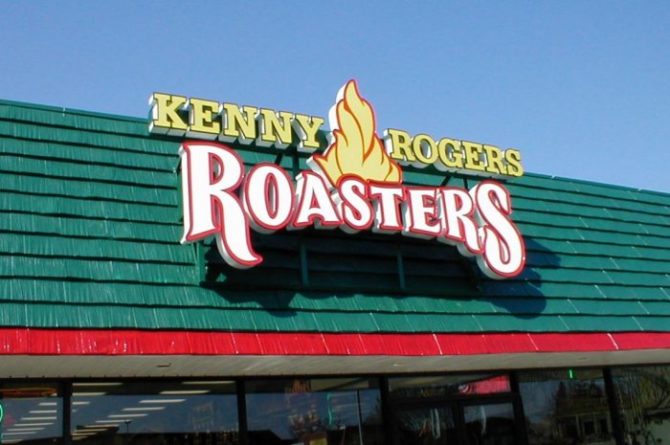
Photo courtesy of thedailymeal.com


